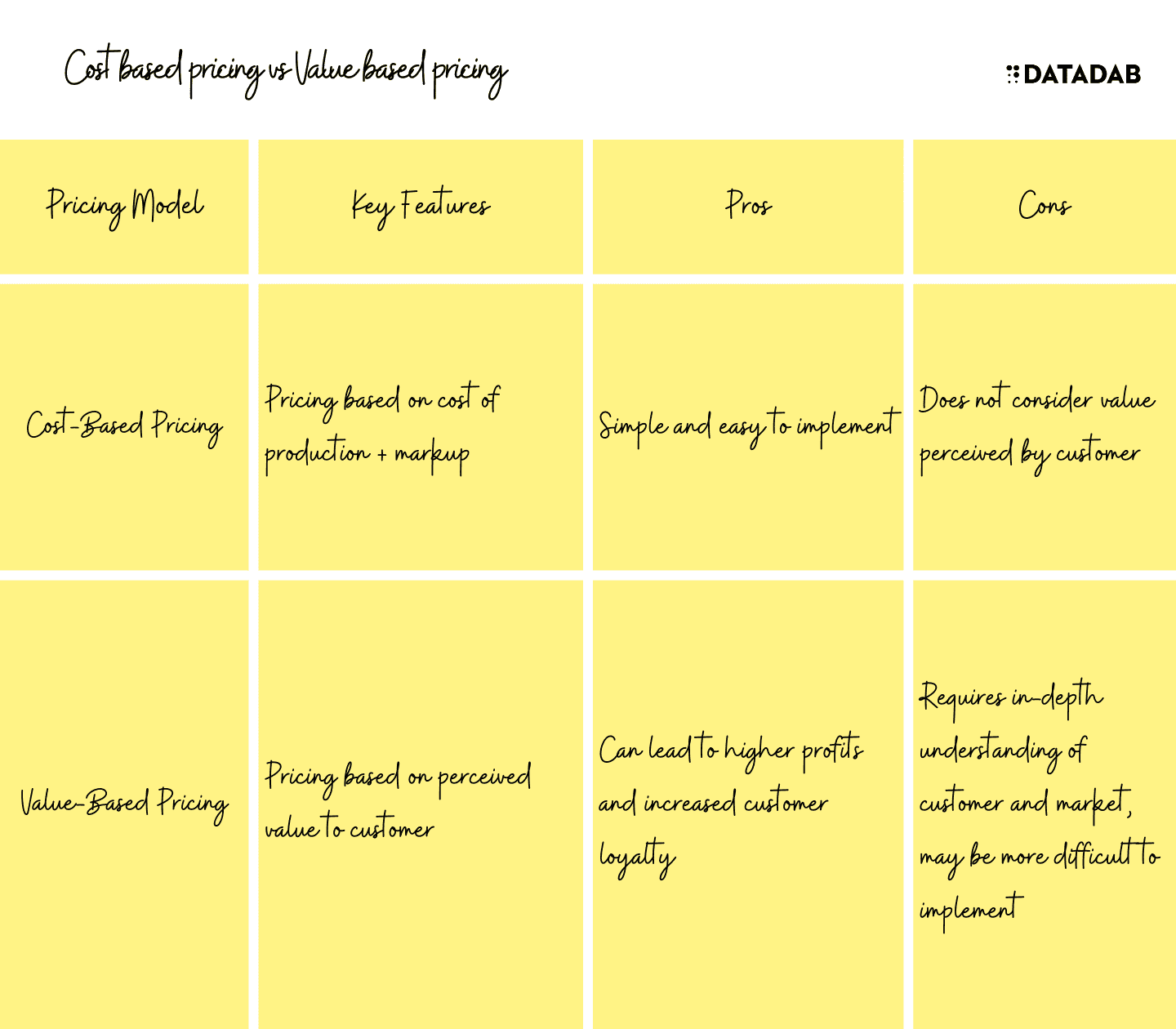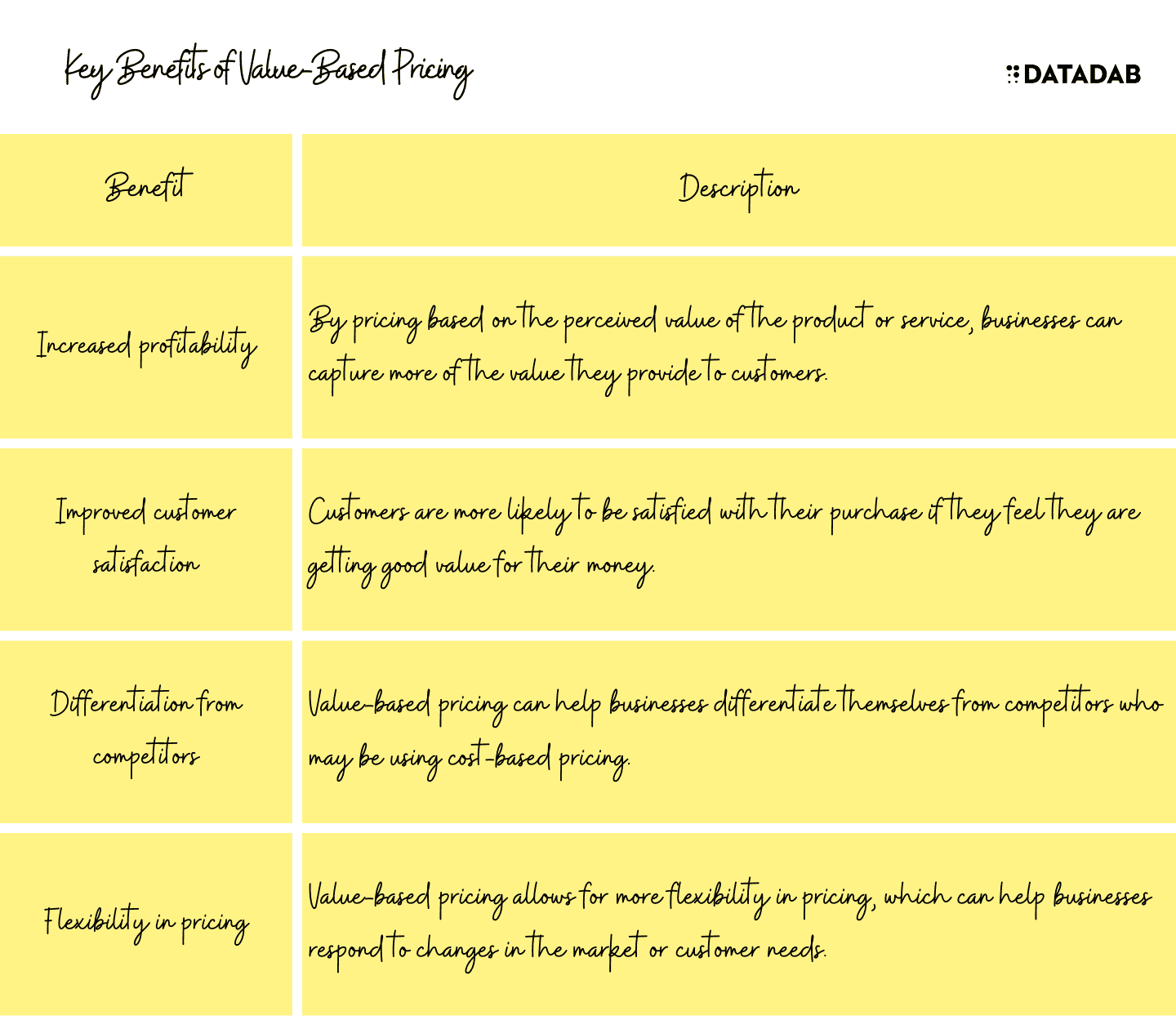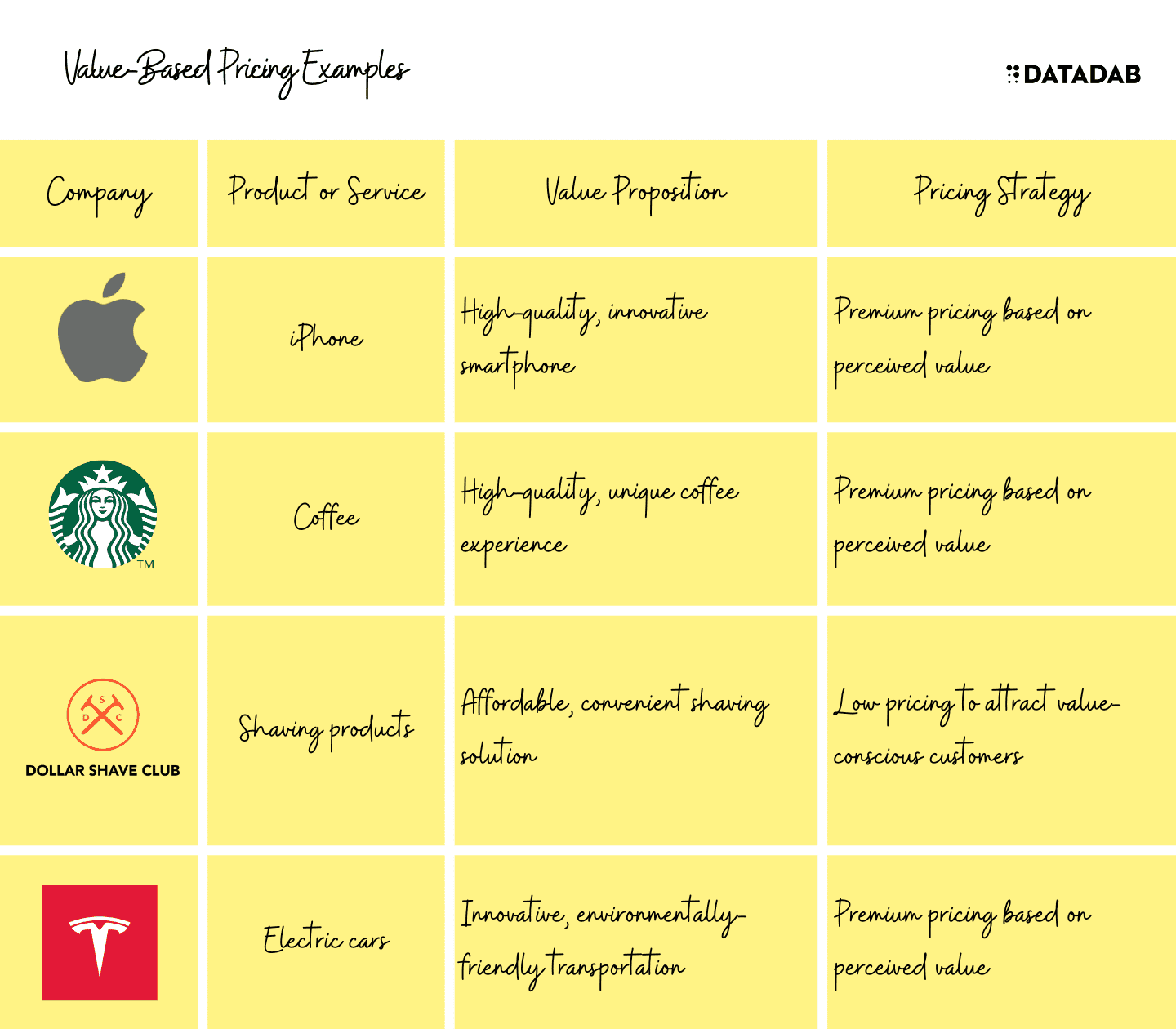The price of something is not the same as its value. A cost-based approach only considers the former, not the latter.
How do you price your SaaS product? Do you calculate by adding up all possible input cost of developing and maintaining the app and add a markup? If so, you may miss out on a massive opportunity for your business. Cost-based pricing, while logical, can actually be detrimental to your success. You risk undervaluing your offering by pricing your product based solely on your costs and missing out on potential profits.
As a seasoned marketer, I've seen firsthand the limitations of cost-based pricing and the benefits of value-based pricing. In this blog post, I'll explore the downsides of cost-based pricing and explain why a value-based approach is a better strategy for pricing your SaaS product.

The Downside of Cost-Based Pricing
When you base your pricing solely on your costs, you may not consider your product's full value, and this can limit your profit margins and prevent you from fully capitalizing on the value you provide to your customers. Cost-based pricing can lead to a race to the bottom, as competitors may offer similar products at lower prices, forcing you to lower your prices to stay competitive.
But that's not all. Here are some more downsides to cost-based pricing:
Limited Profit Margins
Pricing your SaaS product solely on your costs can limit your profit margins. You may be leaving money on the table by ignoring the value your product provides to your customers. When you focus solely on costs, you may also miss opportunities to differentiate your product and stand out from your competitors.
Inaccurate Cost Calculations
Calculating the actual cost of your product can be a complex process that involves considering many different factors, such as development and maintenance costs, overhead, and indirect costs. Even minor inaccuracies in your cost calculations can significantly impact your pricing strategy, leading to over- or under-pricing and missed opportunities.
Limited Flexibility
Cost-based pricing can be inflexible and may not allow for adjustments based on changes in the market or customer demand. This can prevent you from taking advantage of new opportunities or responding to changes in the competitive landscape.
In short, cost-based pricing can limit your profitability, make it harder to differentiate your product and prevent you from taking advantage of new opportunities.

The Benefits of Value-Based Pricing
Instead of relying solely on cost-based pricing, a better approach is to use value-based pricing. This involves pricing your product based on its value to your customers rather than just your costs. Here are some of the main benefits of value-based pricing:
Increased Profit Margins
You can potentially increase your profit margins by pricing your product based on its value to your customers. This is because you are capturing the full value of your product and not just relying on your costs to set the price.
Better Customer Understanding
Value-based pricing requires you to have a deep understanding of your customers and their needs. By focusing on your product's value, you can better align your pricing strategy with their needs and increase customer loyalty.
More Flexibility
Value-based pricing allows for more flexibility in your pricing strategy. You can adjust your prices based on changes in the market, customer demand, or the competitive landscape, allowing you to take advantage of new opportunities and stay ahead of the curve.

How to Implement Value-Based Pricing
Implementing value-based pricing requires a thorugh understanding of your customers and their needs, like the back of your hand. Here are some steps you can take to implement a value-based pricing strategy:
Know Your Customers (Obviously)
To implement value-based pricing, you must deeply understand your customers and their needs, requiring research, such as customer interviews, surveys, and market analysis. I can't stress enough how important is talking to your customers. By understanding your customers, you can determine what they value most about your product and price accordingly.
Determine the Value of Your Product
Once you know your customers, you can determine the value of your product. Maybe all this time, you had been massively underselling the value of your product.
This involves identifying the features and benefits of your product that are most critical to your customers and pricing accordingly. For example, if your product saves your customers time and money, you can price it accordingly based on the value of those benefits.
Test and Adjust
Implementing a value-based pricing strategy is an ongoing process that requires constant testing and adjustment. Monitor your pricing strategy and adjust it based on changes in the market, customer feedback, and the competitive landscape. By continually refining your pricing strategy, you can stay ahead of the curve and capture the full value of your product.
While cost-based pricing may seem straightforward, it has several downsides that can limit your profitability and prevent you from fully capitalizing on the value you provide to your customers. Using a value-based pricing approach, you can better capture the full value of your product, increase your profit margins, and differentiate your product from your competitors.
Implementing a value-based pricing strategy requires a deep understanding of your customers' needs and ongoing testing and adjustment. But by taking the time to implement a value-based pricing strategy, you can set your business up for long-term success and stay ahead of the curve in an increasingly competitive market.
FAQ
1. What is cost-based pricing, and how does it work?
Cost-based pricing is a pricing strategy that involves setting prices based on the cost of producing a product or providing a service. In other words, businesses determine how much it costs to create or offer their product or service, and then add a markup to that cost to determine the selling price. The markup can be a percentage of the cost or a fixed amount.
For example, if it costs a business $10 to produce a product and they add a 20% markup, the selling price would be $12.
2. What are the downsides of cost-based pricing?
There are several downsides to cost-based pricing. One of the biggest downsides is that it does not take into account the value that the product provides to customers. By only focusing on the cost of production, businesses may not be able to capture the full value of their product or service and may miss out on potential revenue. Cost-based pricing can lead to pricing that is not competitive with other businesses in the market.
3. What is value-based pricing, and how does it differ from cost-based pricing?
Value-based pricing is a pricing strategy that involves setting prices based on the perceived value of a product or service to the customer. In other words, businesses determine how much their customers are willing to pay for their product or service based on the benefits it provides. Value-based pricing takes into account factors such as customer demand, the competitive landscape, and the value proposition of the product.
4. What are the benefits of value-based pricing?
There are several benefits to value-based pricing. One of the biggest benefits is that it allows businesses to capture the full value of their product or service. By pricing based on the perceived value to the customer, businesses can potentially charge higher prices and increase their profit margins. Value-based pricing can help businesses differentiate their product or service from competitors by highlighting the unique benefits they provide.
5. How do you determine the value of your product or service?
Determining the value of your product or service requires a deep understanding of your customers and their needs. Start by conducting customer research to identify what features and benefits are most valuable to them. Consider using surveys, focus groups, or other market research techniques to gather this information.
Once you have identified the key benefits of your product or service, you can use this information to inform your pricing strategy. Consider pricing your product or service based on the value it provides to your customers, rather than simply the cost of production.
6. What are some examples of value-based pricing strategies?
One example of a value-based pricing strategy is tiered pricing. With tiered pricing, businesses offer different pricing packages based on the needs of the customer. For example, a software company may offer a basic package with limited features at a lower price point, as well as more advanced packages with additional features at a higher price point.
Another example of a value-based pricing strategy is dynamic pricing. With dynamic pricing, businesses adjust their pricing in real-time based on factors such as customer demand, inventory levels, and competitor pricing.
7. How can I implement a value-based pricing strategy in my business?
Implementing a value-based pricing strategy requires a deep understanding of your customers and their needs. Start by conducting customer research to identify the key benefits of your product or service. Use this information to inform your pricing strategy, and consider using techniques such as tiered pricing or dynamic pricing to capture the full value of your offering.
Monitor your pricing strategy regularly and adjust it based on changes in the market, customer feedback, and the competitive landscape.
8. Can value-based pricing work for all types of businesses?
While value-based pricing can be effective for many businesses, it may not work for all types of businesses. For example, businesses that sell commodities may find it difficult to differentiate their products based on perceived value. Businesses that are in highly regulated industries may have limited pricing flexibility due to government regulations.
That being said, most businesses can benefit from incorporating value-based pricing to some degree. By understanding the key benefits of their product or service and pricing accordingly, businesses can potentially increase revenue and profitability.
9. How do you communicate the value of your product or service to customers?
Communicating the value of your product or service to customers is an integral part of a successful value-based pricing strategy. Start by identifying the key benefits of your offering and highlighting them in your marketing materials. Consider using case studies or customer testimonials to showcase how your product or service has helped other customers.
Be transparent about your pricing strategy and the value that customers can expect to receive. By being upfront about the benefits of your offering and the pricing structure, customers are more likely to see the value in what you are offering.
10. How do you balance pricing with profitability?
Balancing pricing with profitability is a key challenge for many businesses. While it is important to capture the full value of your product or service, it is also important to ensure that pricing is competitive and not so high that it turns off potential customers.
To balance pricing with profitability, start by understanding your cost structure and profit margins. Consider using pricing models such as cost-plus pricing or target return pricing to ensure that your pricing strategy is aligned with your profitability goals.
Continually monitor your pricing strategy and adjust it as needed based on changes in the market, customer feedback, and profitability goals. By finding the right balance between pricing and profitability, businesses can achieve long-term success.






